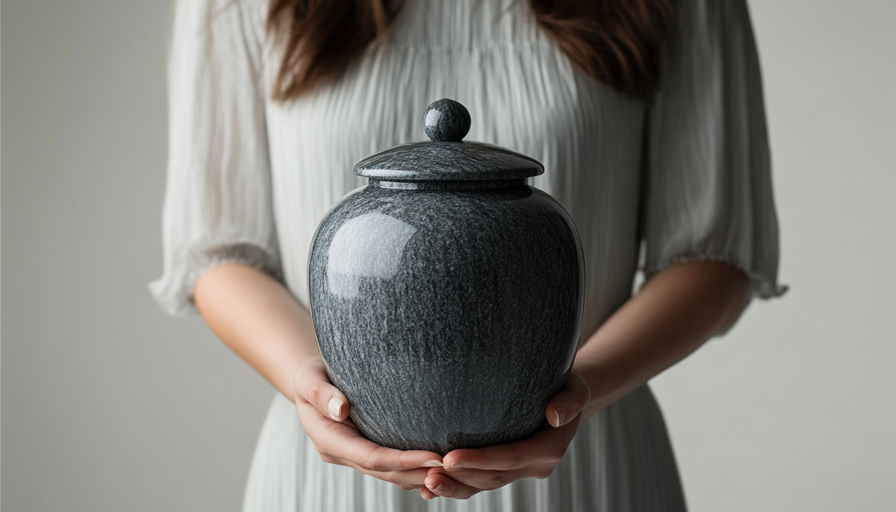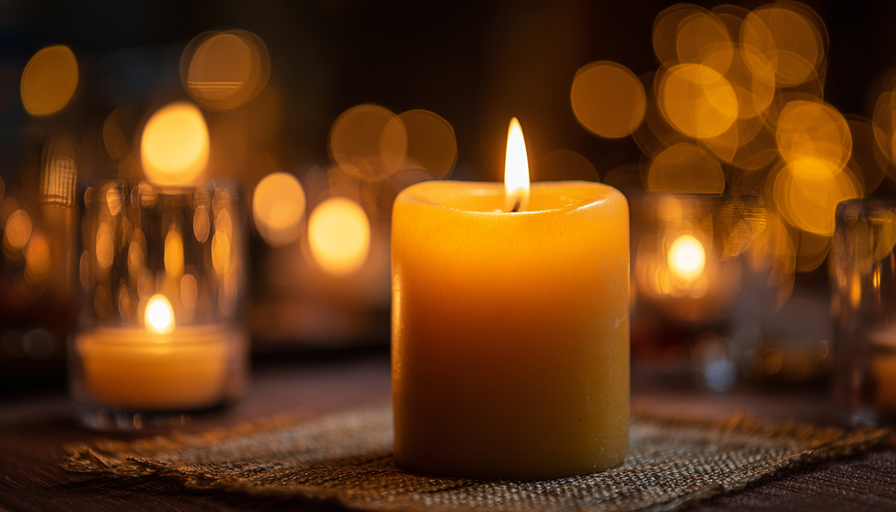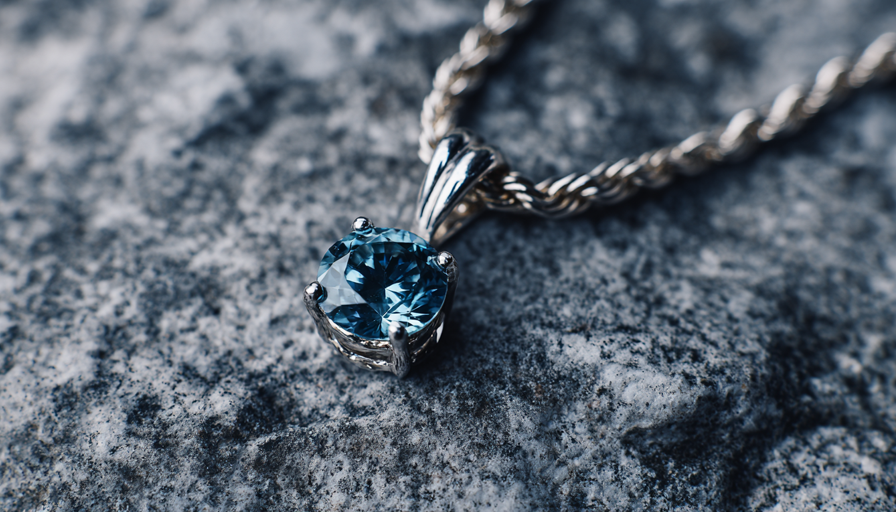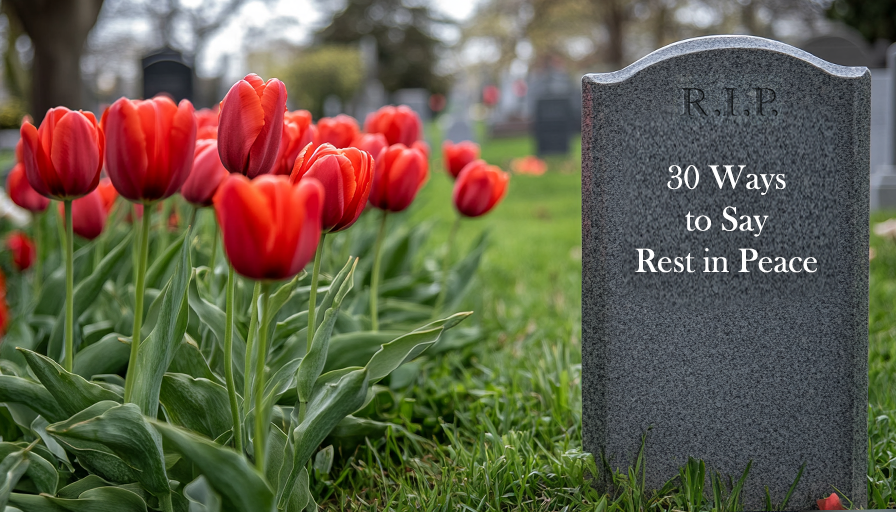Preparing to Transfer Cremated Remains into an Urn for Ashes
A Step-by-Step Guide to Handling Cremated Remains with Dignity and Care
Losing a loved one is one of life’s most difficult experiences. When someone close to us is cremated, we are entrusted with the deeply personal task of caring for their ashes. For many families, transferring the cremated remains into a memorial urn is not merely a practical matter—it’s a final act of love, remembrance, and honour.
In this comprehensive guide, we will walk you through how to transfer ashes into an urn, safely and respectfully. Whether you’ve just received the ashes from the crematorium or are preparing to place a portion in a keepsake urn or memorial piece, this guide will give you the confidence to approach the process with care and understanding.
Contents
- What Are Cremated Remains?
- What You Receive from the Crematorium
- Why You May Need to Transfer the Ashes
- What You’ll Need Before You Begin
- Step-by-Step Instructions
- Helpful Tips for a Clean, Respectful Transfer
- Frequently Asked Questions
- Should You Involve a Professional?
- Final Thoughts
1. What Are Cremated Remains?
Cremated remains—often simply referred to as “ashes”—are what is left after the cremation process. Despite the term, they are not comparable to fireplace ash. Instead, cremated remains consist primarily of ground bone fragments and have the texture of fine gravel or coarse sand. In most cases, they are also mixed with traces of ash from the cremation coffin, which contributes to their overall composition.
The quantity of ashes produced from an adult usually ranges from 3 to 7 pounds (1.4 to 3.2 kilograms), which translates to around 183 - 213 cubic inches. This measurement is essential when choosing an appropriately sized urn.
2. What You Receive from the Crematorium
When you collect ashes from the crematorium or funeral director, they are typically provided in one of the following:
- A temporary plastic container, sealed and labelled.
- A sealed plastic bag within a simple box or cardboard case.
- A basic or standard urn, if one was selected as part of the cremation service.
Many families choose to transfer the ashes into a more meaningful, decorative or personalised urn later. This can be done at your own pace—some do it straight away, while others wait until they feel emotionally ready.
3. Why You May Need to Transfer the Ashes
There are several reasons why you might need to transfer cremated remains into a different container or urn:
- To memorialise your loved one with a fitting, personal urn.
- To divide the ashes among relatives or place them in keepsakes or cremation jewellery.
- To prepare for scattering, while keeping a portion in a permanent memorial.
- To move the ashes from a temporary or damaged container.
- For travel, especially air travel, where a TSA- or airport-approved urn may be required.
Whatever your reason, transferring the ashes is entirely legal and can be done by a family member, with or without professional assistance.
4. What You’ll Need Before You Begin
To prepare for the transfer, make sure you have the following:
- A clean, flat surface such as a table or countertop.
- A funnel (either purpose-made or a simple paper cone).
- A scoop, jug or small cup to help pour.
- A screwdriver or other tool to open the crematorium’s ash container, if necessary.
- A soft paintbrush to gently sweep any remaining ashes.
- A cloth, towel, or large sheet of paper to protect your surface and catch any spills.
- The new urn or memorial container.
- A plastic or biodegradable ash bag, if you’re not transferring an existing one.
- Disposable gloves (optional).
- A trusted friend or family member to assist or support you.
5. Step-by-Step Instructions for Transferring Ashes
Step 1: Prepare the Workspace
Lay down a clean towel or protective sheet on your work surface. Choose a quiet, calm location without draughts, distractions or pets.
Step 2: Examine the Urn
Ensure that the urn is large enough to hold all the ashes (around 200 cubic inches is standard for adults). Familiarise yourself with the lid, base, or fasteners, and check carefully for any damage or imperfections before beginning the transfer.
Step 3: Open the Temporary Container
Carefully open the outer box or container from the crematorium. Inside you will likely find a sealed bag containing the ashes.
Step 4: Choose a Transfer Method
There are two common options:
- Transfer the entire sealed bag into the urn – This is often the safest and cleanest method. If the bag fits inside the urn, you can place it in whole and close the lid.
- Pour the ashes directly into the urn or a new inner bag – This option allows for portioning ashes or using a custom container. It requires extra care to avoid spillage.
Step 5: Use a Funnel for Pouring
Place the funnel in the urn opening. Slowly pour or scoop small amounts of ashes through the funnel. Take your time and avoid overfilling.
Step 6: Seal the Urn
Once complete, close the urn securely. Some urns have a screw-top, others are pressure-sealed or have a base that screws in. If you wish to seal it permanently, use a non-corrosive silicone sealant or specialist urn adhesive.
Step 7: Clean and Label
Wipe down the urn and ensure it is labelled discreetly (especially helpful if storing multiple urns or sharing among family members).
6. Helpful Tips for a Clean, Respectful Transfer
- Go slowly. There’s no need to rush this delicate task.
- Use a scoop, rather than pouring from a large container, to minimise the chance of spilling.
- Use a soft paintbrush to gently sweep any remaining ashes from the container or work surface into the urn or funnel.
- Keep tissues close by, as this can be an emotional moment.
- Have a second person nearby—they can provide support or help steady the funnel.
- Don’t worry if it feels awkward. Many people find this step unexpectedly emotional, and that’s perfectly normal.
7. Frequently Asked Questions - FAQ
Is it safe to handle ashes with bare hands?
Yes, cremated remains are entirely sterile and safe. Gloves are optional and often used for cleanliness or emotional comfort.
What if I spill some ashes?
Take a deep breath and gently scoop up as much as possible using a clean tissue or a card, and, if needed, use a soft brush—such as a paintbrush—to collect the finer particles. It’s not uncommon, and there’s nothing to be ashamed of.
Can ashes be divided into different urns or jewellery?
Absolutely. Many families share ashes between keepsake urns, jewellery or miniature memorials. Use clean, clearly labelled containers. For detailed guidance on filling ashes jewellery, you can also refer to our step-by-step guide: How to Fill Cremation Jewellery?
What happens if the urn is too small?
If the chosen urn is too small, you can fill it to capacity and store the rest in a secondary urn or keepsake. Consider upsizing next time to around 220–250 cubic inches.
Do I need to transfer ashes myself?
No. If you feel overwhelmed, you can ask your funeral director to assist. Some will even transfer ashes into an urn for free or a small fee.
8. Should You Involve a Professional?
While it’s entirely legal and possible to transfer ashes yourself, you are not alone if you’d prefer help. Funeral professionals are trained in handling remains with dignity and may offer this as a service—even if you’ve purchased your urn elsewhere. In particular, seek assistance if:
- The urn has a complex opening mechanism.
- You are transferring into multiple containers.
- You feel emotionally unready to do it alone.
Visual guidance can also help. The following resources may be helpful:
- How to Fill a Funeral Cremation Ash Urn – Step-by-Step (LegendURN)
- Filling Instructions for Cremation Jewellery and Urns – PDF Guide
9. Final Thoughts
Transferring ashes into an urn is far more than a physical task—it’s a deeply symbolic gesture of love, care and remembrance. It may feel unfamiliar or even intimidating at first, but it is a moment that can bring comfort, closure, and even healing.
Whether you choose to place all the ashes into a single urn, divide them among family, or keep a small portion close in jewellery, the process is yours to shape in a way that feels right. Give yourself space to breathe. Ask for help if needed. And take pride in honouring the memory of your loved one in such a thoughtful, intentional way.
At legendURN, we believe that every act of remembrance matters. That’s why we offer beautifully crafted urns, keepsakes, and jewellery—along with practical support and guidance for every step of the way.
Helpful Resources















